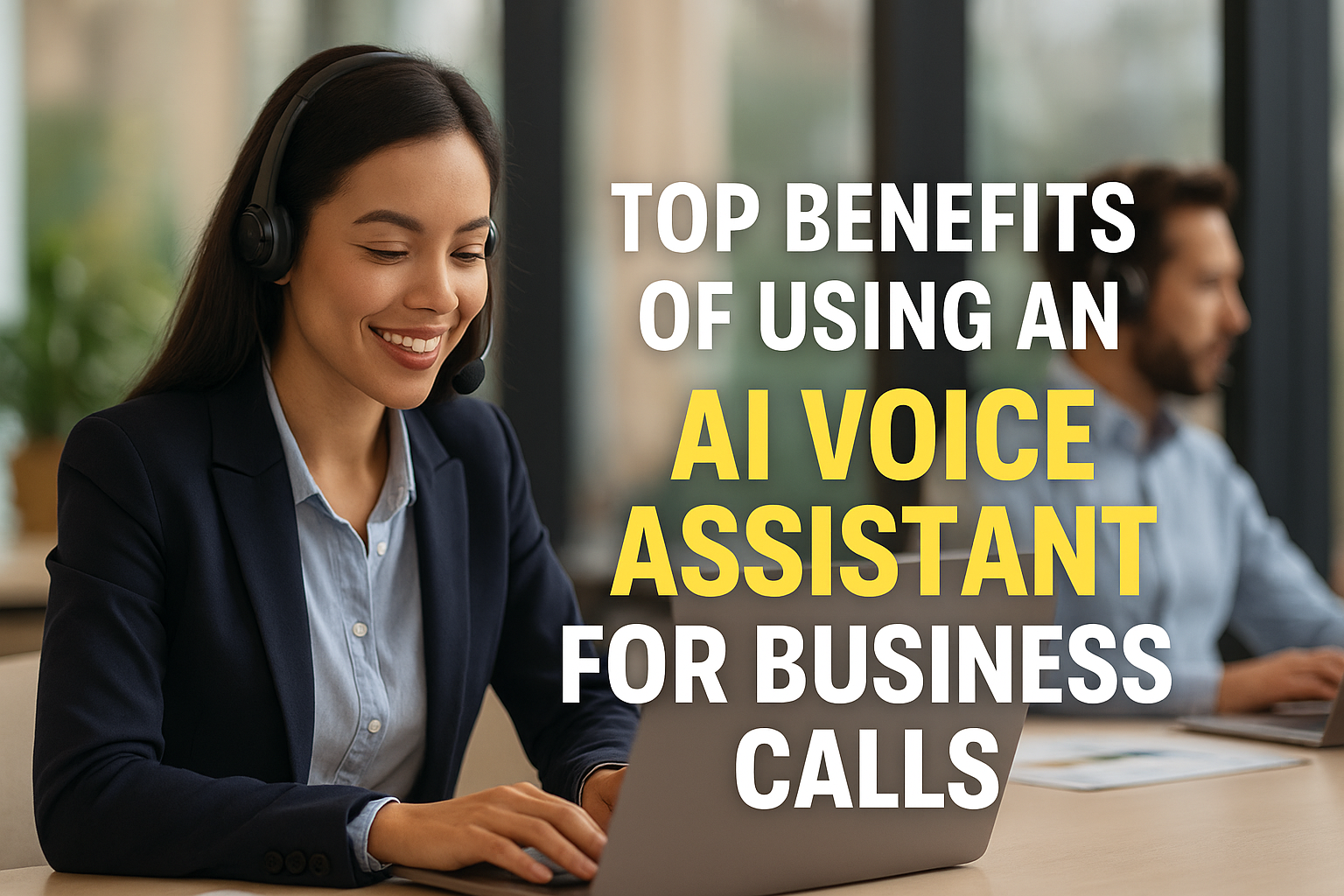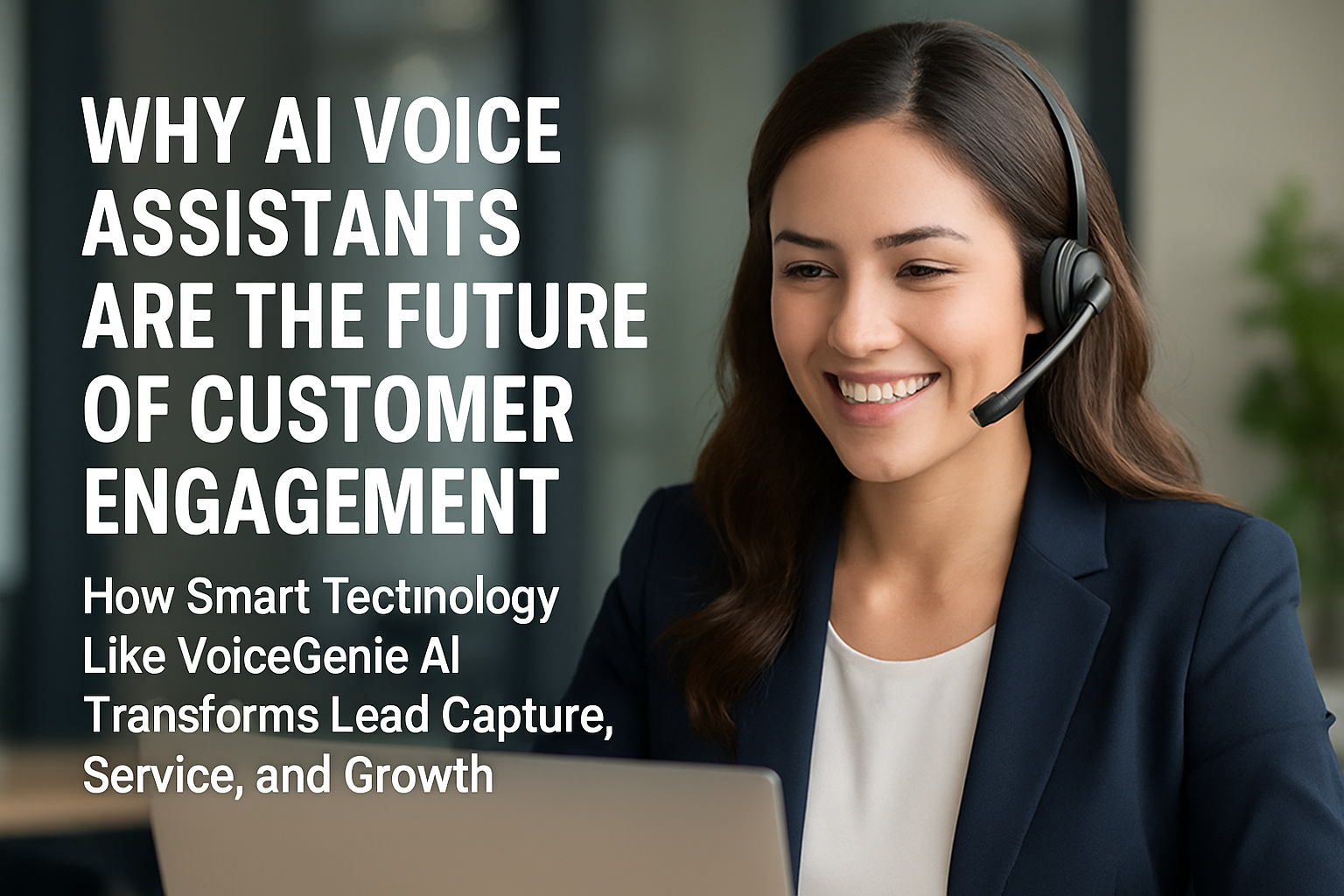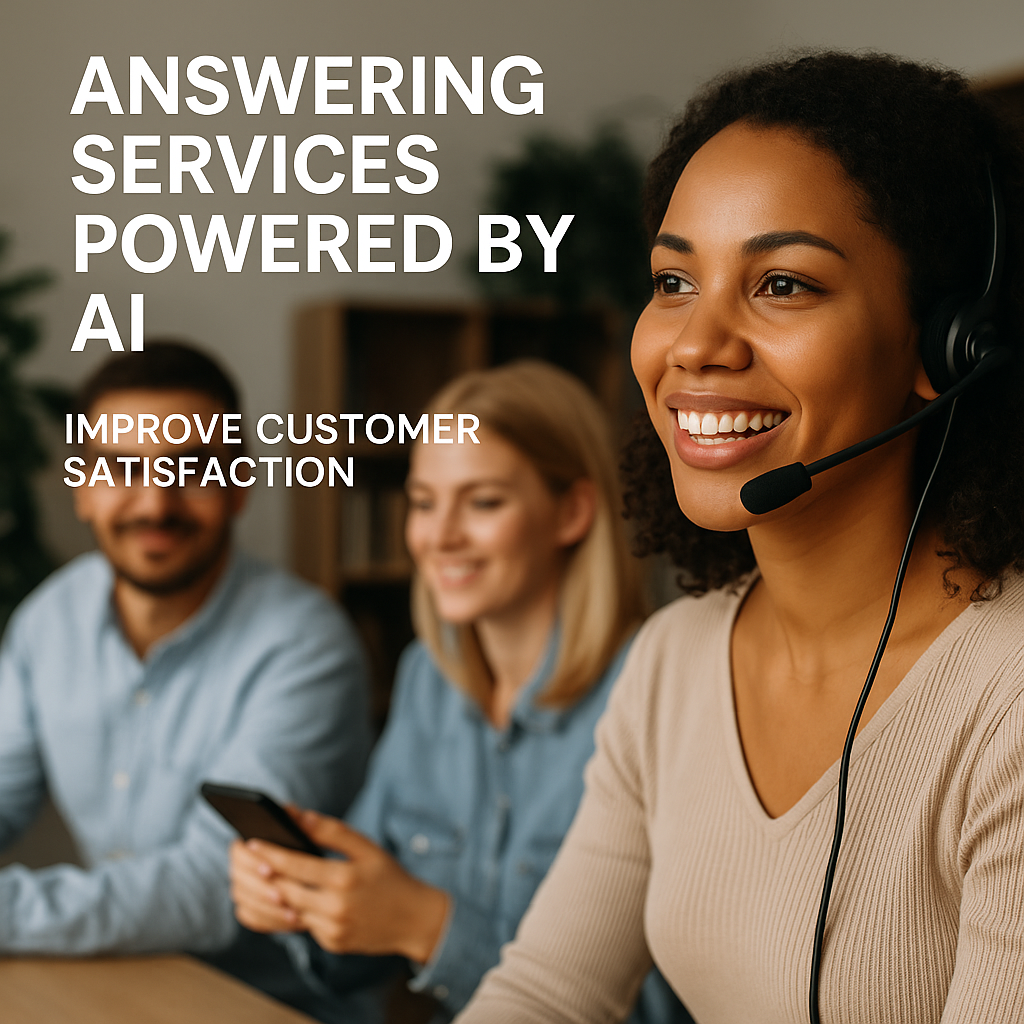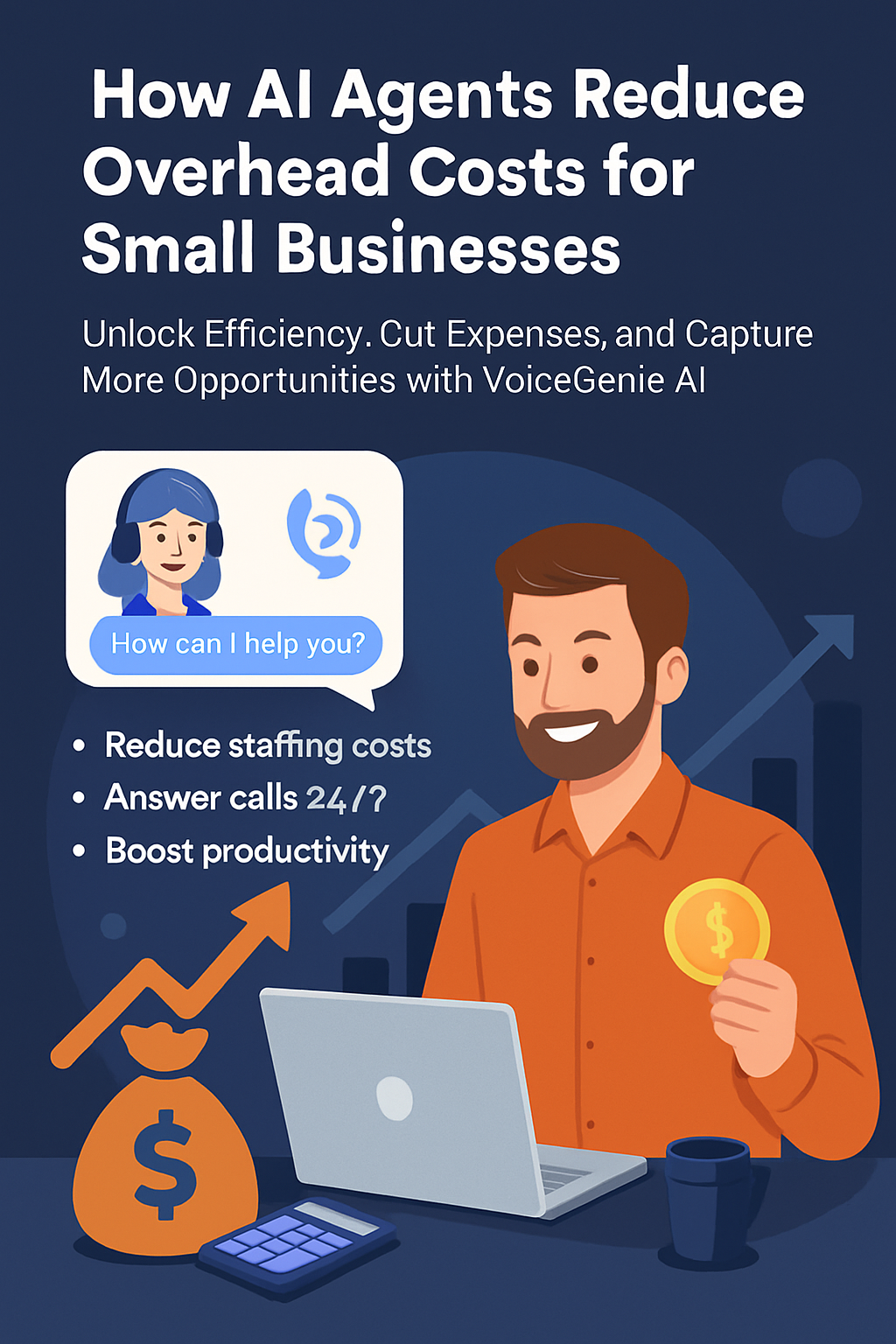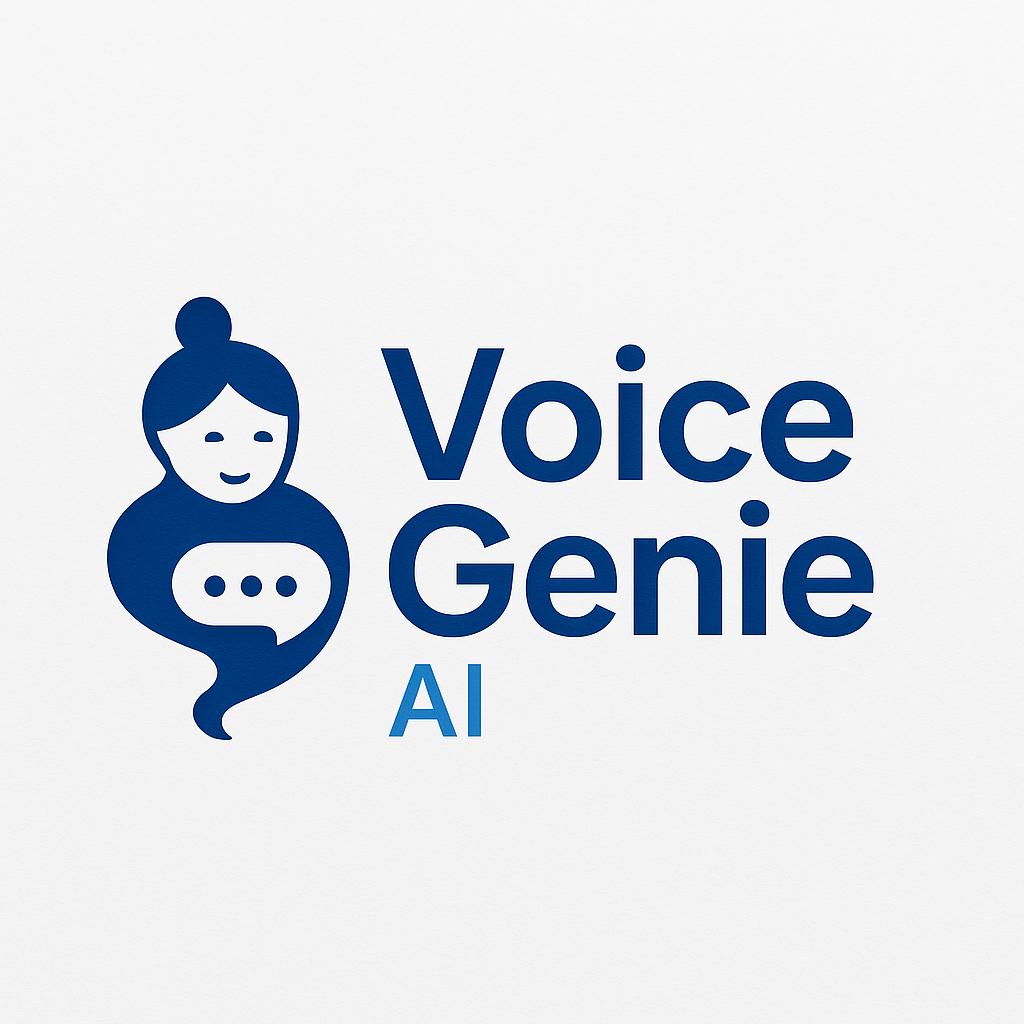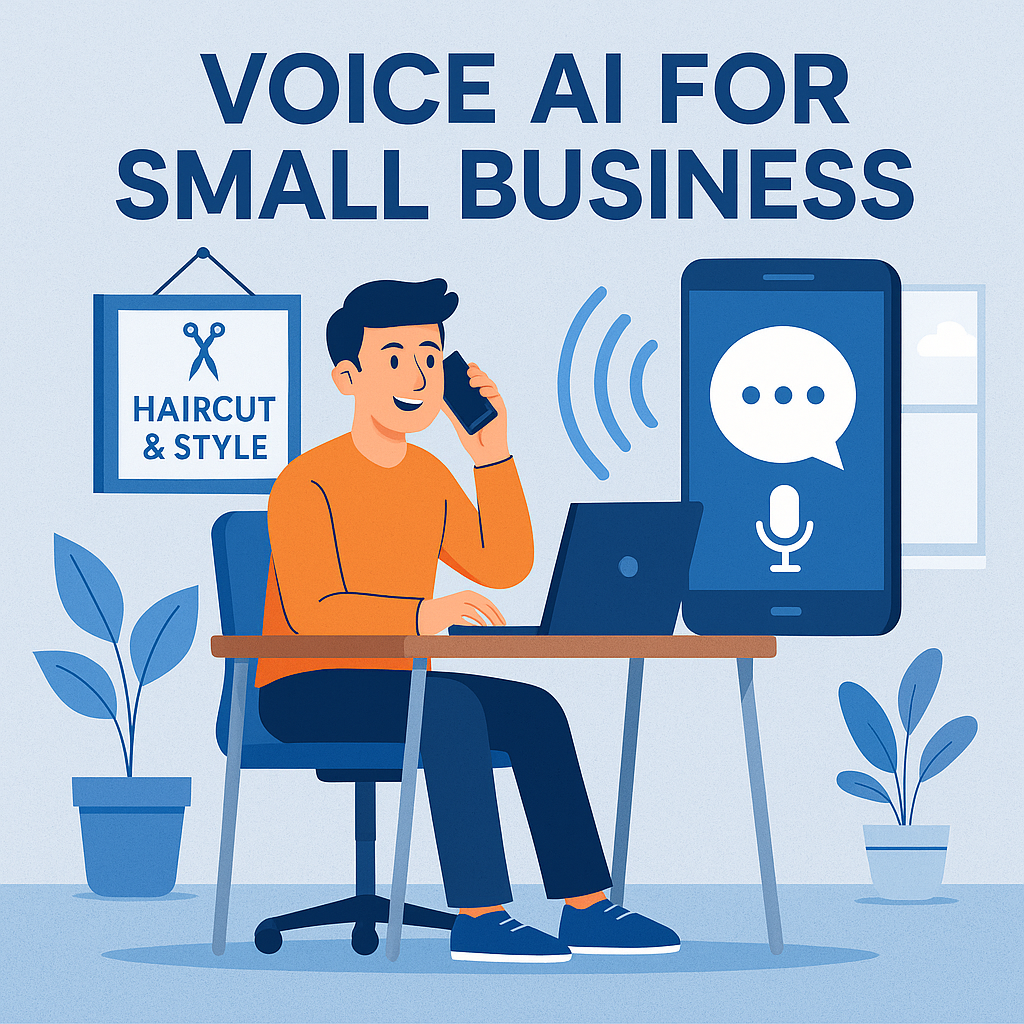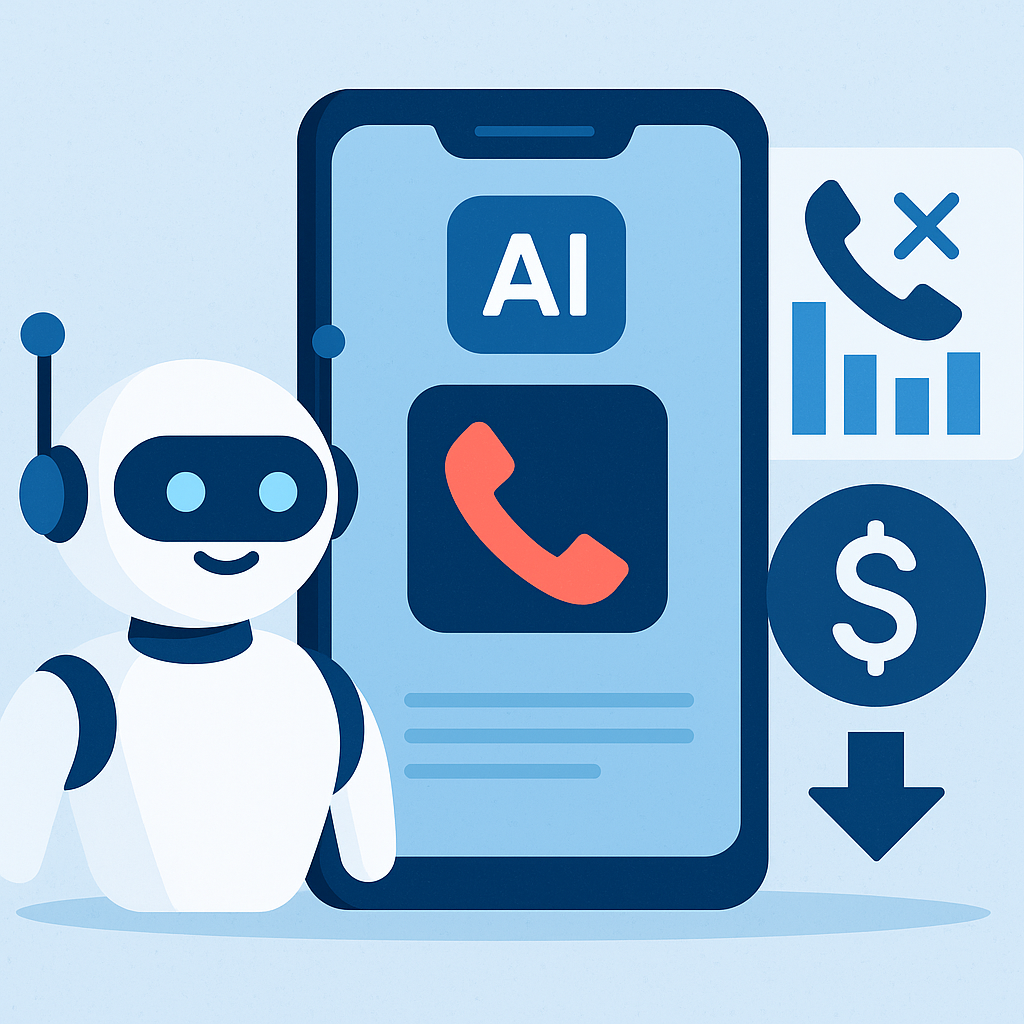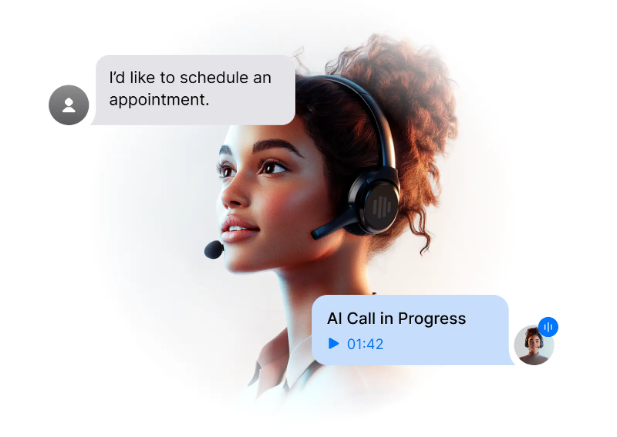How AI is Quietly Reshaping White-Collar Work: The Rise of 'Secret Cyborgs'
Artificial Intelligence (AI) is revolutionizing the landscape of white-collar work, quietly transforming traditional roles and prompting critical questions about the future of employment. This shift has given rise to a new breed of workers, dubbed "secret cyborgs" by Ethan Mollick, an associate professor at the Wharton School of the University of Pennsylvania. These employees are increasingly leveraging AI to enhance productivity and the quality of their work, often without their employers' knowledge or approval.
With AI's growing influence, a significant challenge arises: discerning the true nature of "knowledge" work—roles centered on processing information, not manual tasks. AI tools enable professionals like software engineers, content creators, and consultants to achieve more in less time, raising essential questions about reward distribution and workload expectations.
As AI automates routine tasks, it fundamentally changes how work is executed rather than eliminating positions outright. According to McKinsey, up to 30% of work hours could be automated by 2030 due to advancements in generative AI, particularly in industries such as STEM, creative, and legal professions. The International Labor Organization echoes this sentiment, suggesting that automation will enhance job quality and demand adaptation to new tasks rather than causing widespread job losses.
Despite this, the discrete use of AI tools by many workers to augment their efficiency presents both opportunities and challenges. While some companies, like Apple and Samsung, restrict generative AI use to mitigate risks, others, such as Deloitte, openly integrate these tools, aiming to boost productivity across various functions.
The rapid evolution of AI technology complicates efforts to distinguish between human and AI-generated work. This poses a dilemma for managers seeking to assess employee contributions accurately. Encouraging transparency and integrating AI into standard workflows can alleviate job loss fears while optimizing productivity.
The rise of "rate-busting," where certain employees outperform peers through strategic AI use, illustrates the potential disruption in team dynamics. This hidden advantage could eventually contribute to workforce downsizing as AI adoption becomes more transparent.
The impact of AI extends beyond productivity, challenging conventional perceptions of talent and excellence. A Boston Consulting Group study indicates that AI elevates the quality and productivity of lesser performers, potentially diminishing the value of exceptional talent. Managers must navigate whether to invest in top performers or elevate overall standards using AI.
Organizations are at a crossroads in managing AI's integration, balancing its strategic benefits with risks such as data privacy. The increasingly blurred lines between human and machine work necessitate policies ensuring transparency, fairness, and accountability in AI usage.
In conclusion, AI's influence on white-collar work will only intensify, redefining the balance of human and machine contributions. The success of organizations in adapting to this AI-driven era will shape the future landscape of work.

